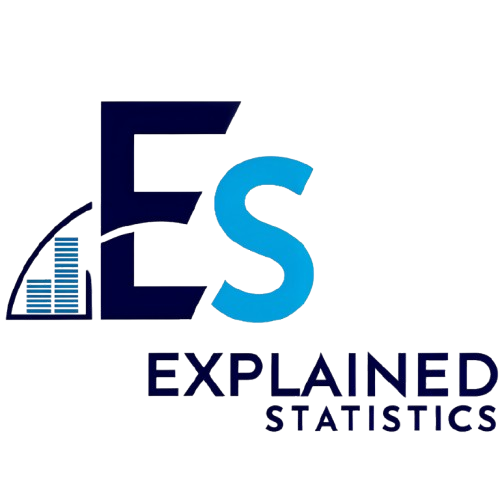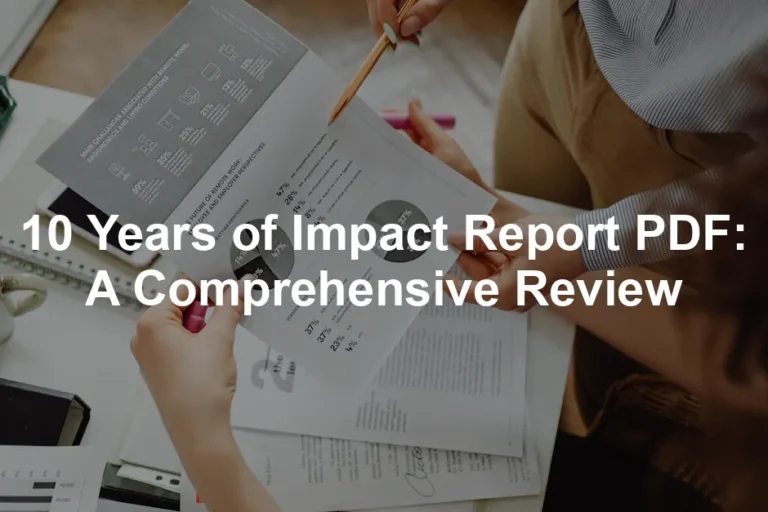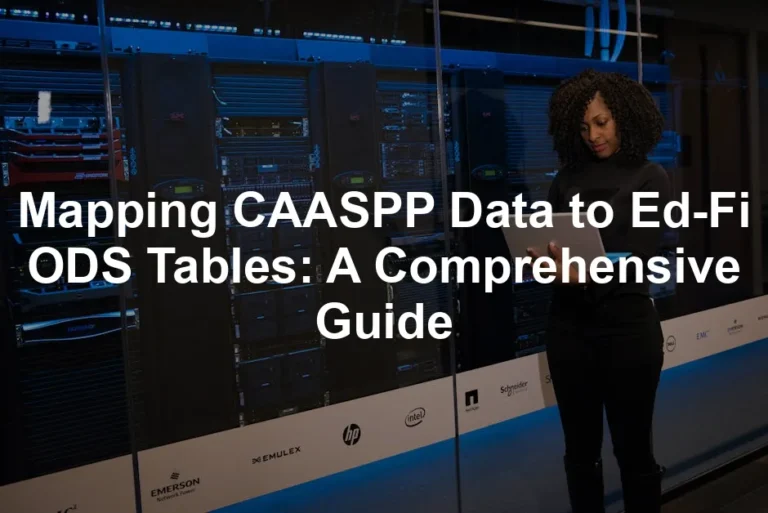Introduction
Probable is a term we often encounter in various contexts. It signifies likelihood, suggesting something is likely to occur or be true. Understanding probability is crucial in daily life. It assists us in making informed decisions and evaluating risks. This article aims to clarify the meaning, usage, and implications of probable.
Speaking of understanding probability, if you’re looking to dive deeper into how money and psychology intertwine, check out “The Psychology of Money” by Morgan Housel. This book explores the emotional and psychological aspects of financial decisions, making it a must-read for anyone trying to grasp the complexities of wealth.
Summary and Overview
The word probable functions as an adjective. It describes something likely to happen or be true based on available evidence. The term originates from the Latin word probabilis, meaning able to be proved. Over time, its meaning evolved to indicate likelihood rather than certainty.
Probable is distinct from related terms like possible, which refers to something that can happen, albeit without certainty, and improbable, which denotes something unlikely to occur. In various fields, such as law and science, the concept of probability plays a significant role.
In law, probable cause is a common phrase, indicating a reasonable basis for believing a crime may have occurred. In science, researchers use probability to formulate hypotheses and assess outcomes. This article will cover these distinctions and delve into how probable is applied in different contexts.
If you’re interested in the fascinating world of statistics, you might want to check out “Naked Statistics: Stripping the Dread from the Data” by Charles Wheelan. This book makes statistics approachable and entertaining, helping you understand the data that drives our world.
Understanding the Definition of “Probable”
Definition and Pronunciation
The term probable is an adjective meaning likely to occur or be true. It suggests that something has a strong chance of happening but is not guaranteed. In UK English, it is pronounced as /ˈprɒb.ə.bəl/ and in US English, it is pronounced as /ˈprɑː.bə.bəl/.
Probable functions as an adjective, while its noun form is probable as well, typically used to refer to someone or something likely to be chosen or occur. Context can shift its meaning slightly. For example, in everyday conversation, you might say, “It’s probable that it will rain tomorrow.” In scientific contexts, it could refer to “probable outcomes” based on data analysis.
Some examples include:
- The probable cause of the delay was traffic.
- It’s highly probable that they will succeed.
Understanding these nuances helps clarify how we use probable in different situations.
For those keen on understanding the depths of human thought, “Thinking, Fast and Slow” by Daniel Kahneman offers a profound look into how we think and make decisions, shedding light on the biases that can affect our judgment.
The Importance of Probability
Role in Decision-Making
Understanding probability is crucial for making informed choices in daily life. It influences everything from weather predictions to financial decisions. For instance, when a weather forecast states a 70% chance of rain, it helps you decide whether to carry an umbrella or cancel your picnic plans.
In finance, investors often assess probable outcomes before making investment decisions. They analyze market trends, evaluating risks and potential gains. This approach reduces uncertainty and leads to better decisions.
Understanding market trends is essential for making informed financial decisions. university of minnesota statistics resources for predicting future market trends
Moreover, our psychology plays a role in how we gauge risk. We often rely on probabilities to assess situations, weighing potential losses against gains. This mental calculation helps us navigate life’s uncertainties effectively. Whether planning a weekend or investing savings, understanding probability enhances our decision-making process.
If you find yourself intrigued by the science of forecasting and predictions, consider reading “Superforecasting: The Art and Science of Prediction” by Philip E. Tetlock. This book delves into what makes some people exceptionally good at predicting future events, offering insights that could sharpen your decision-making skills.
Probability in Science and Research
In scientific research, probable plays a crucial role. It helps researchers formulate hypotheses and assess outcomes. When scientists conduct experiments, they often look for statistical significance. This term indicates whether results are likely due to chance or a real effect. A result with a p-value less than 0.05 is often deemed statistically significant, suggesting a probable relationship between variables.
For example, in a clinical trial, researchers might find that a new drug improves patient outcomes in 80% of cases. This statistic signals that the drug is likely effective, though not guaranteed. Another example could involve environmental studies. If data shows a probable increase in temperature due to climate change, it guides policymakers in making informed decisions.
By using probability, scientists can better understand their findings. It provides a framework for evaluating evidence and drawing conclusions based on statistical analysis.
Probable vs. Possible
Key Differences
Understanding the difference between probable and possible is vital. Probable suggests a high likelihood of occurrence, while possible indicates that something could happen, but without certainty. If we say an event is probable, we mean there’s a strong chance it will occur.
For instance, consider the weather. If a forecast states a 70% chance of rain, it’s probable it will rain. Conversely, if there’s a 10% chance, rain is possible but unlikely. The distinction matters in decision-making. In legal contexts, probable cause implies a reasonable basis for an arrest. In contrast, possible cause lacks that certainty.
Using these terms correctly can prevent misunderstandings. It’s essential to communicate clearly about likelihoods, especially in discussions involving risk and decision-making. Understanding the nuances can enhance our communication and improve our judgments.
If you’re curious about how randomness affects our lives, you might enjoy “The Drunkard’s Walk: How Randomness Rules Our Lives” by Leonard Mlodinow. This book explores the influence of randomness in our decisions and how understanding it can lead to better outcomes.
Common Misunderstandings
Many people confuse probable with similar terms. Let’s clarify the difference between likely and unlikely.
Likely suggests a strong chance of occurrence. For example, if someone says, “It’s likely to rain tomorrow,” it implies a high probability of rain. Conversely, unlikely indicates a low chance of something happening. Saying, “It’s unlikely to rain” means it probably won’t rain.
Misusing these terms can lead to miscommunication. If you say an event is likely when it’s actually unlikely, you might create false expectations. Clear communication is vital, especially in discussions involving decisions, risks, and outcomes. So, understanding these distinctions helps everyone stay on the same page.
Legal and Practical Applications of “Probable”
In legal contexts, probable cause is a crucial term. It refers to the reasonable basis for believing a crime may have occurred. Law enforcement relies on probable cause to make arrests or conduct searches.
For instance, if police observe suspicious behavior, they may establish probable cause. This means they have enough evidence to justify their actions. A famous example involves a case where officers saw someone acting suspiciously near a vehicle. They had probable cause to investigate further.
Probable cause is essential in protecting individual rights. It ensures law enforcement acts based on reasonable evidence, not just assumptions. Understanding this term is vital for both legal professionals and the public alike.
For a deeper understanding of statistics and its implications, consider reading “Probability Theory: The Logic of Science” by E.T. Jaynes. This book provides a comprehensive look at the principles of probability and their application in scientific reasoning.
Everyday Applications
The term probable pops up frequently in our daily conversations and media. When reading news reports or forecasts, it often conveys likelihood. For instance, a weather report might say it’s probable rain will occur tomorrow. This information is vital for planning our day.

From casual chats to serious news broadcasts, the term helps us communicate uncertainty and likelihood effectively. It plays a crucial role in how we interpret information and make decisions based on it.
If you’re also interested in the fascinating interplay of economics and human behavior, “Freakonomics: A Rogue Economist Explores the Hidden Side of Everything” by Steven D. Levitt is a fantastic read that uncovers the hidden incentives that drive our choices.
Cultural and Linguistic Variations
The word probable has various translations across cultures. In Spanish, it’s probable. In German, you’d say wahrscheinlich. Each language adds its cultural spin on the term, reflecting different nuances of probability.
For instance, in Japanese, the term conveys a sense of likelihood but may also imply a degree of hopefulness. Similarly, in Arabic, “مُحْتَمَل” (muhtamal) suggests something that could happen, reflecting a similar but distinct cultural interpretation.
Understanding these variations enriches our appreciation of how probability is perceived globally. It highlights that while the concept of probability exists universally, its interpretation can vary, providing insight into different cultures and their approaches to uncertainty.
Conclusion
In summary, the term probable is essential in various contexts. It aids in understanding likelihood, influencing our decisions in everyday life. Recognizing its applications can enhance our decision-making processes. Embracing the concept of probability allows us to navigate uncertainties better. So, the next time you face a choice, think about what’s probable!
And if you’re looking for a great memoir to inspire and motivate you, don’t miss “Becoming” by Michelle Obama. Her journey is a powerful reminder of resilience and the importance of self-discovery.
Please let us know what you think about our content by leaving a comment down below!
Thank you for reading till here 🙂
All images from Pexels




